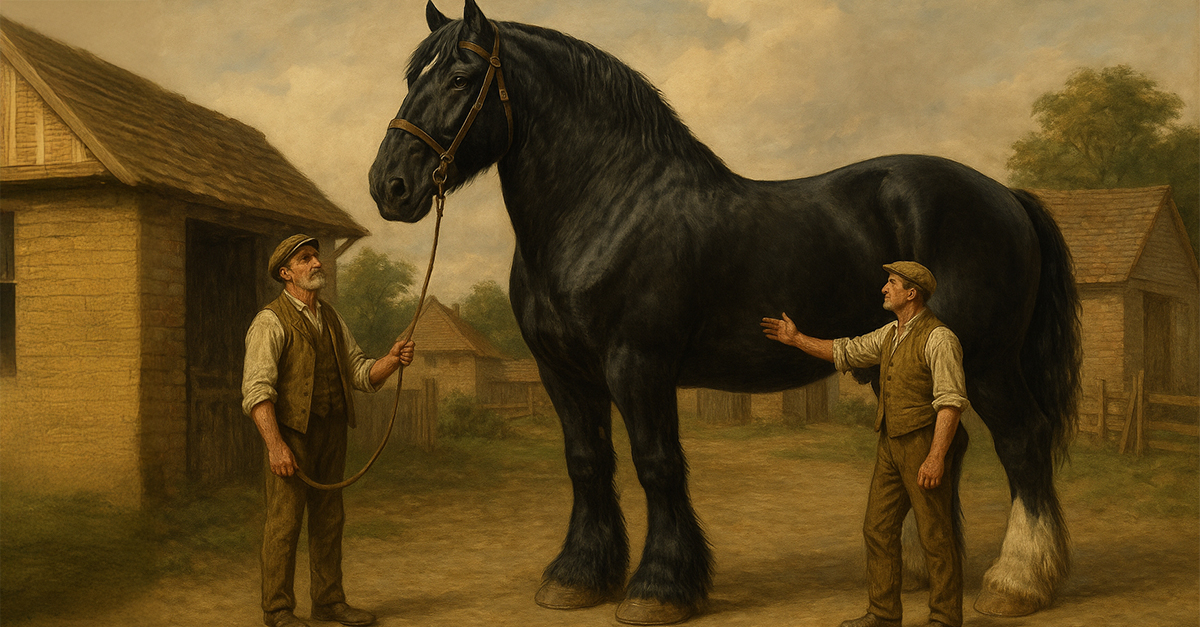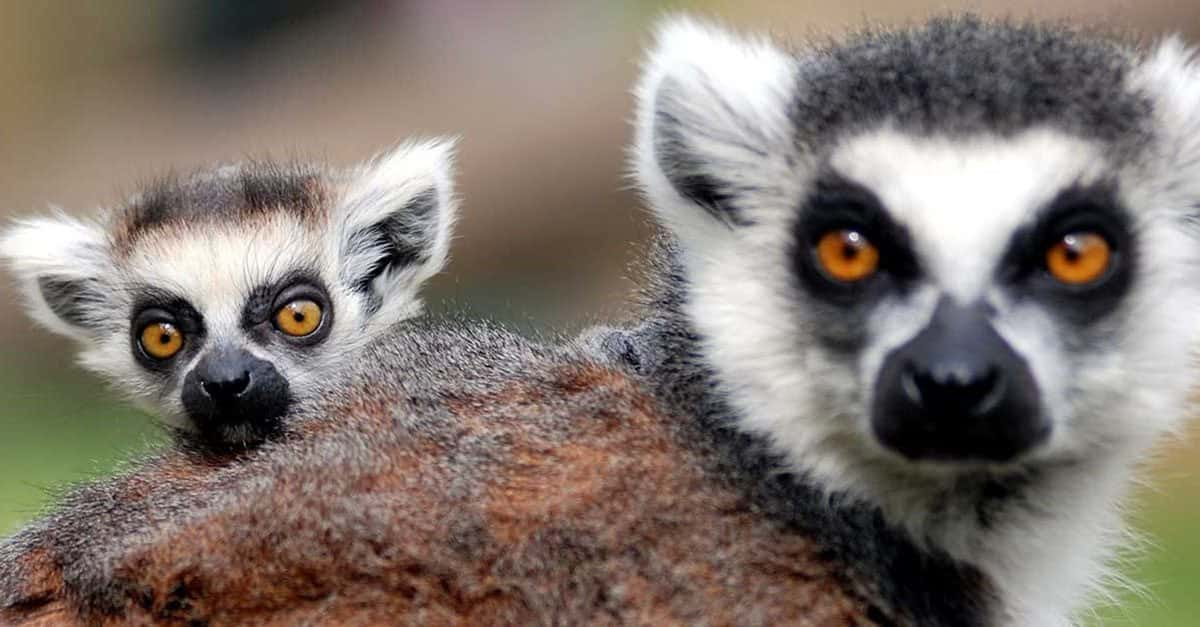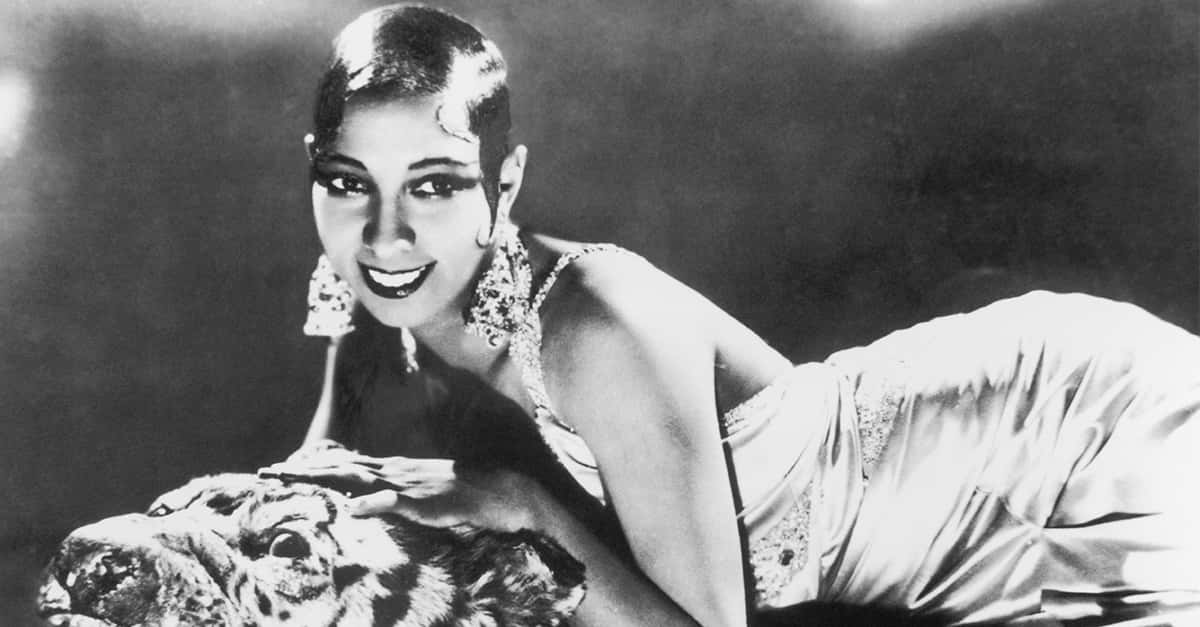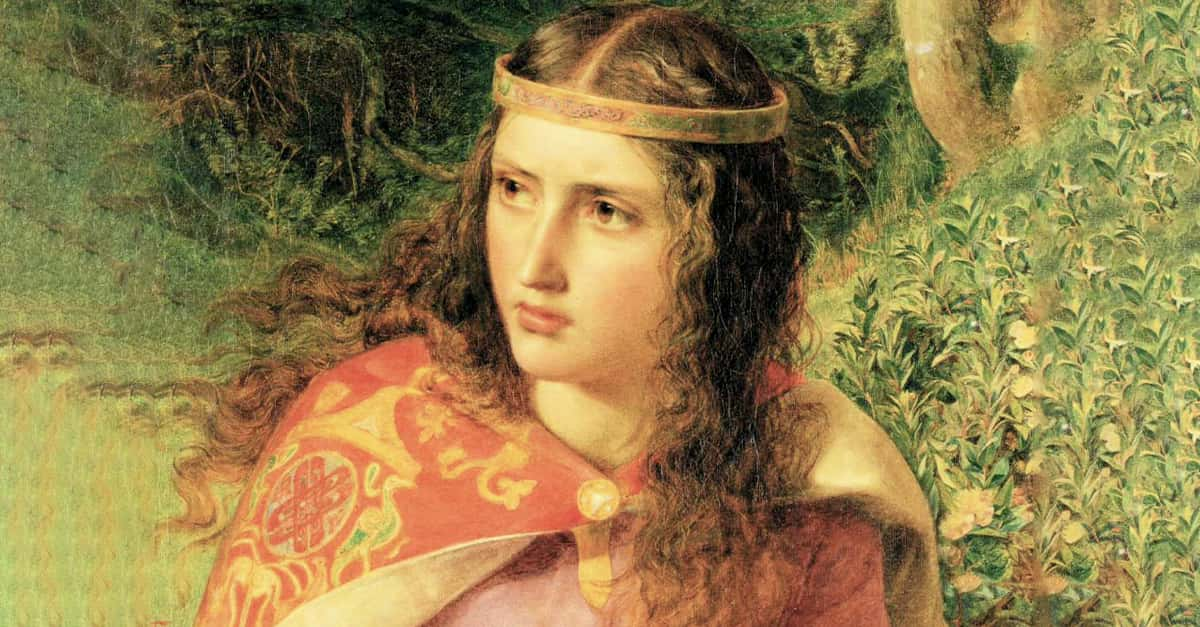The horse world is filled with majestic beasts, but none have caused astonishment quite like Mammoth, the biggest horse ever officially recorded. Towering above all others, Mammoth’s strength and size embodied the awesome power that some draft horse breeds can attain.
A Horse Of Staggering Proportions
Mammoth was a Shire horse, a British breed renowned for its size, gentle temperament, and use in heavy draft work. Born in 1848 in England and originally named Sampson, he was renamed Mammoth after he grew to a full height of 21.2½ hands (7 feet 2½ inches or 2.19 meters) at the withers and weighed over 3,300 pounds (1,500 kilograms). He was renamed Mammoth. Even today, nearly two centuries later, no horse has surpassed Mammoth in height.
The Legacy Of The Shire Horse
The Shire breed have always been known for their huge size. Developed in medieval England as war horses, Shires were later adapted to haul heavy wagons, mainly in the agricultural and brewing industries. Mammoth was the result of generations of selective breeding to maximize strength, becoming the ultimate example of what the Shire line could produce.
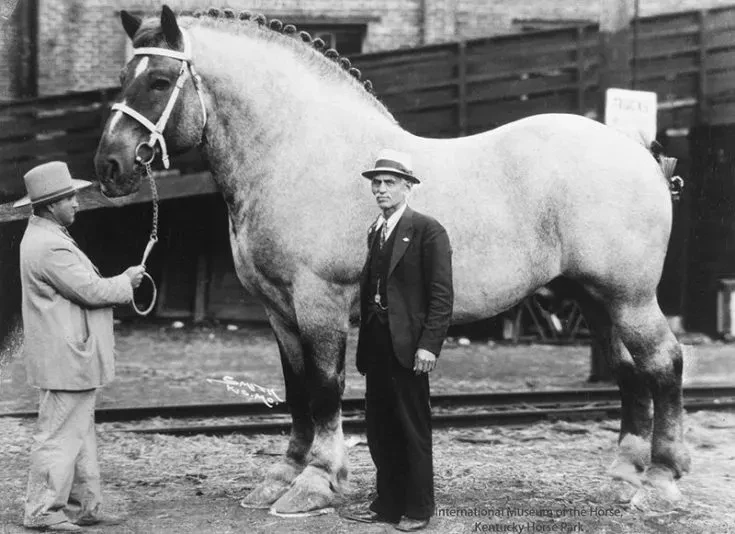 AnonymousUnknown author, Wikimedia Commons
AnonymousUnknown author, Wikimedia Commons
History's Other Hooved Giants
Mammoth reigns supreme in terms of height, but other horses have also earned a place in the record books. Big Jake, a Belgian gelding from Wisconsin, stood 20.2¾ hands tall (6 feet 10¾ inches) and was officially recognized by the Guinness Book of World Records as the world’s tallest living horse until his death in 2021. He didn’t quite match Mammoth’s height, but Big Jake captured global attention in the modern era. Brooklyn Supreme, pictured above in the 1920s, was another giant. The Belgian stallion stood 6 foot 6 inches and weighed over 3,200 lbs.
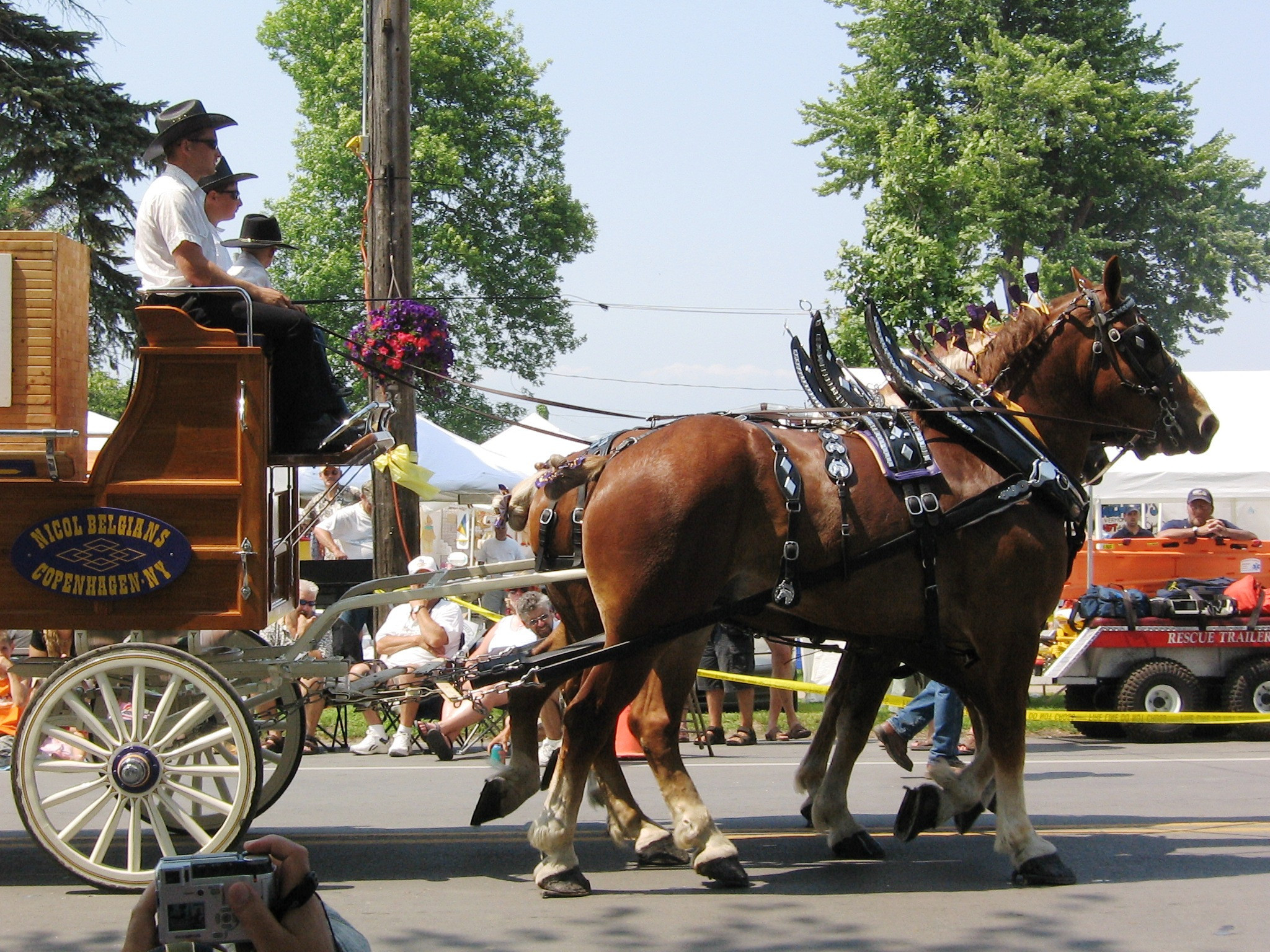 Jen Millward, Wikimedia Commons
Jen Millward, Wikimedia Commons
The Belgian Draft Horse
The Belgian Draft, like Big Jake, is another of the largest horse breeds. These incredibly muscular horses leave people in awe of their impressive pulling power. While they tend to be stockier than Shires, their mass and strength are unmatched. The breed is especially popular in the US, often taking center stage in pulling competitions and agricultural shows.
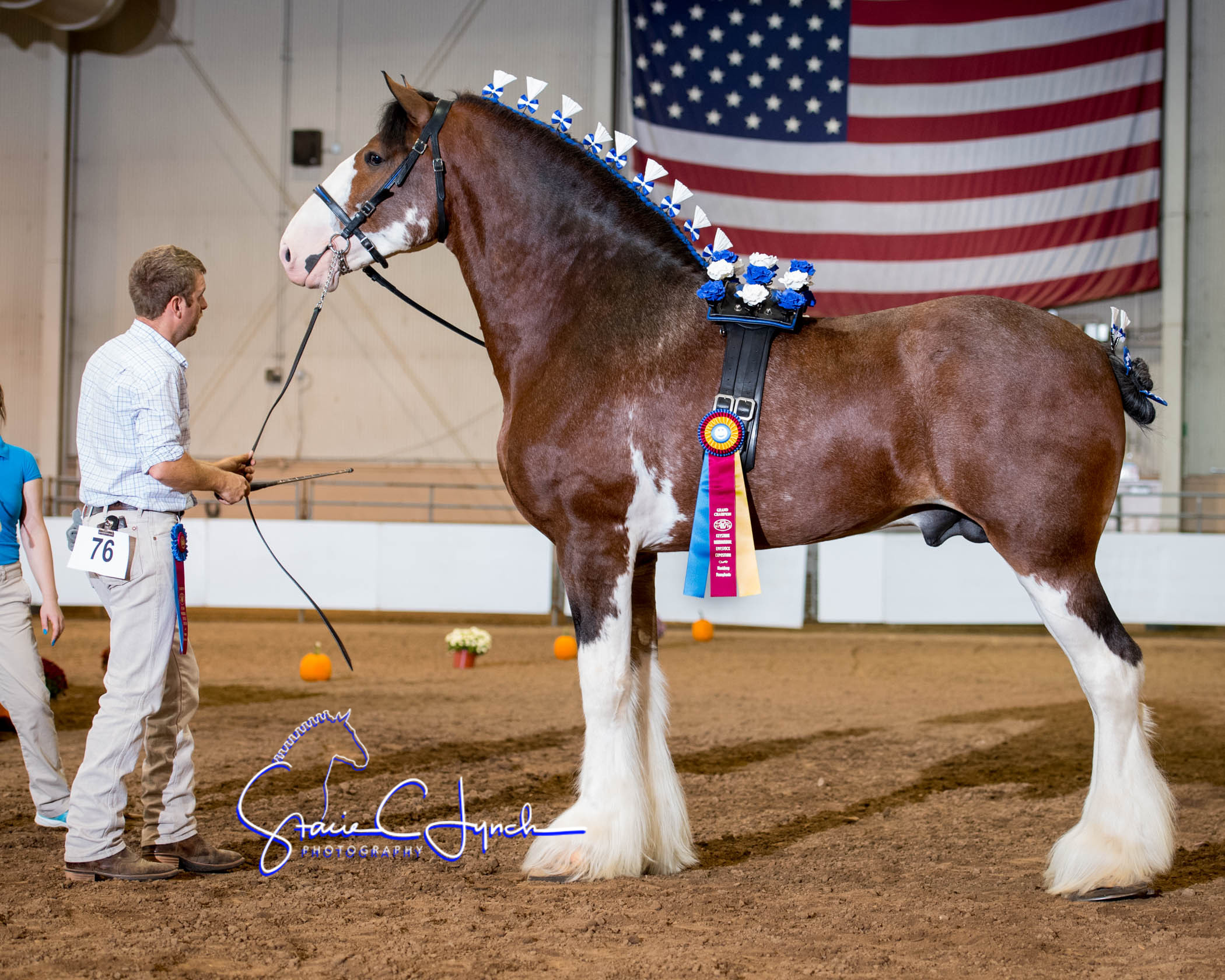 Keystone International, Wikimedia Commons
Keystone International, Wikimedia Commons
The Clydesdale’s Majestic Frame
Next up is the Clydesdale, originally from Scotland. While slightly smaller than Shires or Belgians, Clydesdales are famous for their feathered legs and elegant movement. Their popularity soared thanks to marketing campaigns like the Budweiser Clydesdales, which helped maintain public interest in these gentle giants despite their decline in practical use.
Percherons: Brains And Brawn
Percherons, a French draft breed, also rank among the world’s largest horses. While not as tall as Shires, they can still get up to 2,600 pounds and are prized for their intelligence and versatility. Originally bred for war, they later became essential for agricultural and carriage work across Europe and North America.
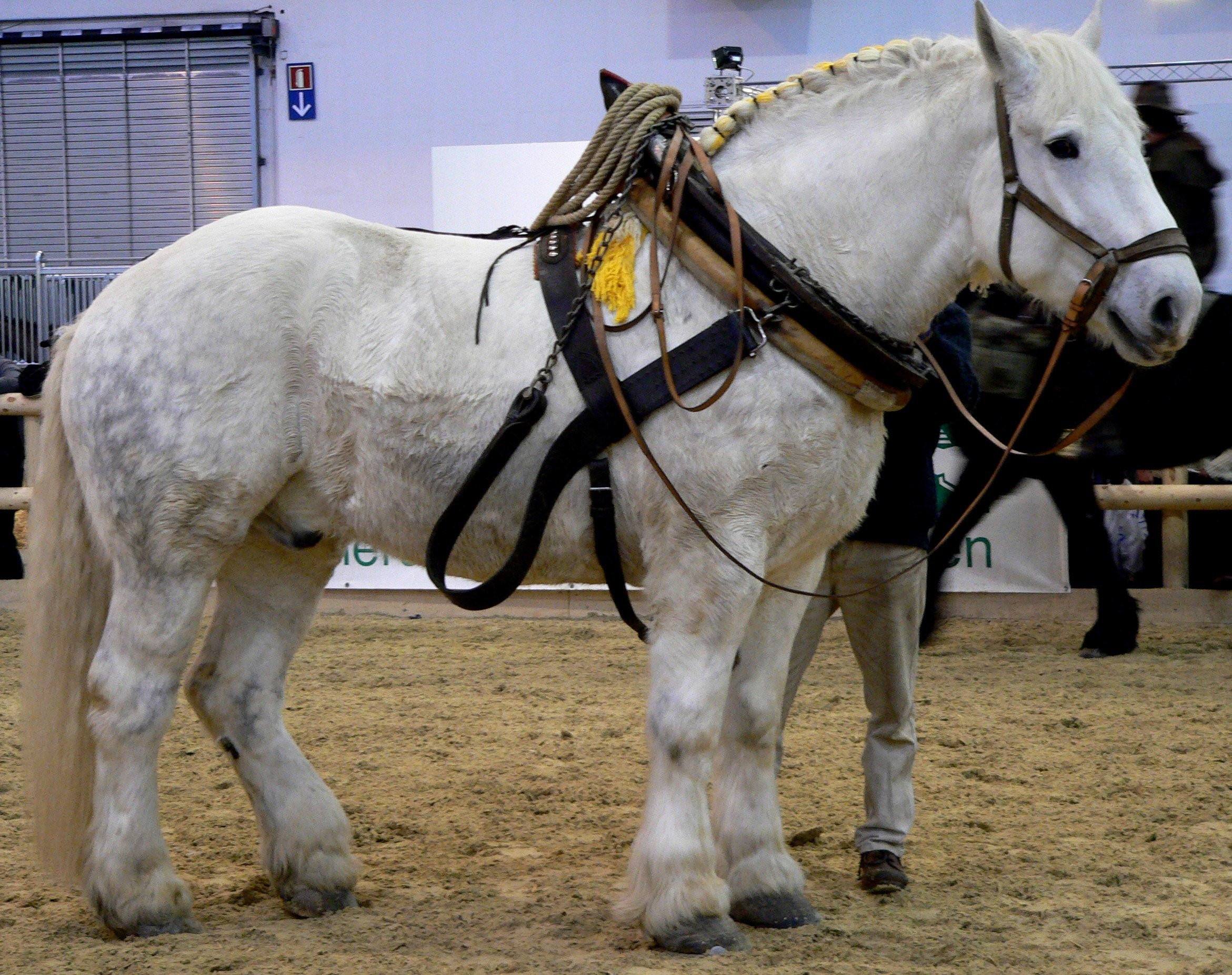 BS Thurner Hof, Wikimedia Commons
BS Thurner Hof, Wikimedia Commons
Draft Breeds Make A Comeback
Industrialization of agriculture and transportation pushed many draft horse breeds near extinction by the mid-20th century. But a growing appreciation for heritage livestock, combined with recreational driving, competitive pulling, and equine therapy, has revived interest in these massive animals. Mammoth’s legacy has also helped to maintain fascination with huge horses.
Why Mammoth Still Captivates
What makes Mammoth’s story so enduring is not just his size, but the era he came from. Born before the advent of modern veterinary care, nutritional science, or performance enhancement, Mammoth’s size was a product of pure breeding and natural growth. When size so often comes with health complications, his longevity and stature are even more remarkable.
A Living Monument
Mammoth remains a towering figure in the history of the horse—literally and figuratively. Though he lived in the 19th century, his size record still stands. Mammoth’s story continues to inspire admiration among horse lovers, breeders, and historians alike as the quest continues to breed an even bigger horse some day in the future.
You May Also Like:
The 20 Most Beautiful Dog Breeds
42 Little-Known Facts About Horse Racing

